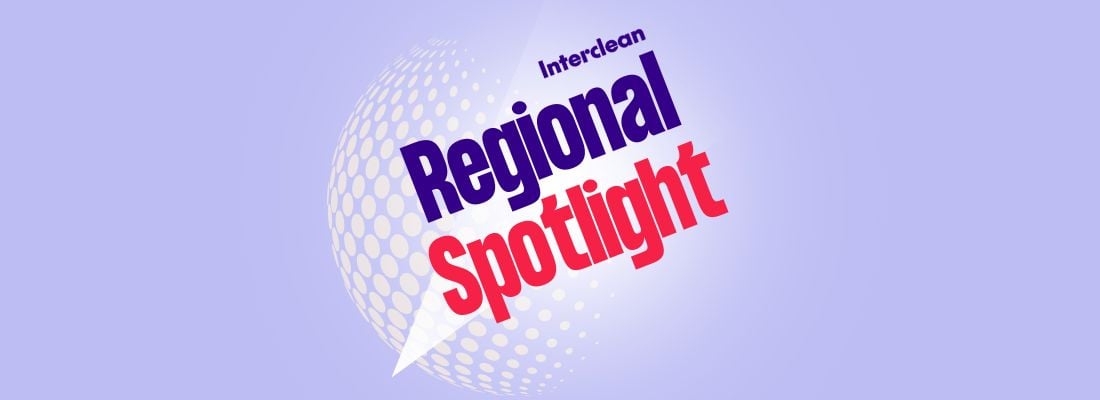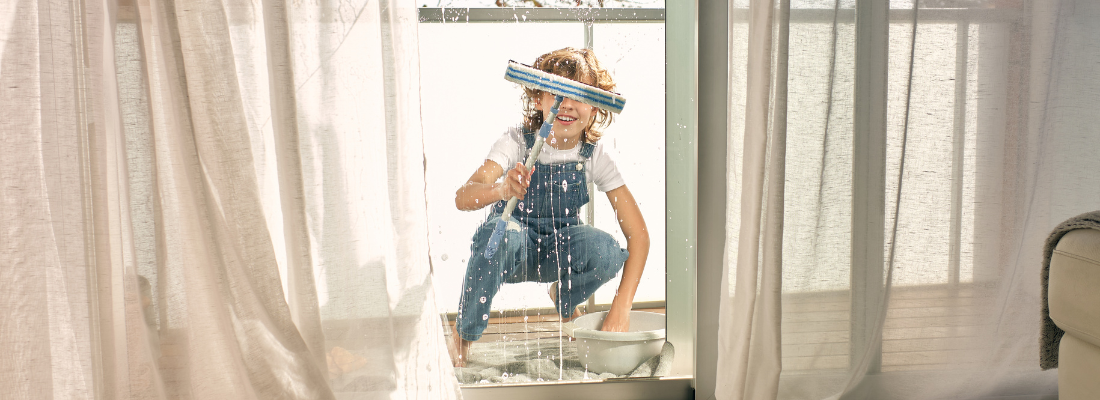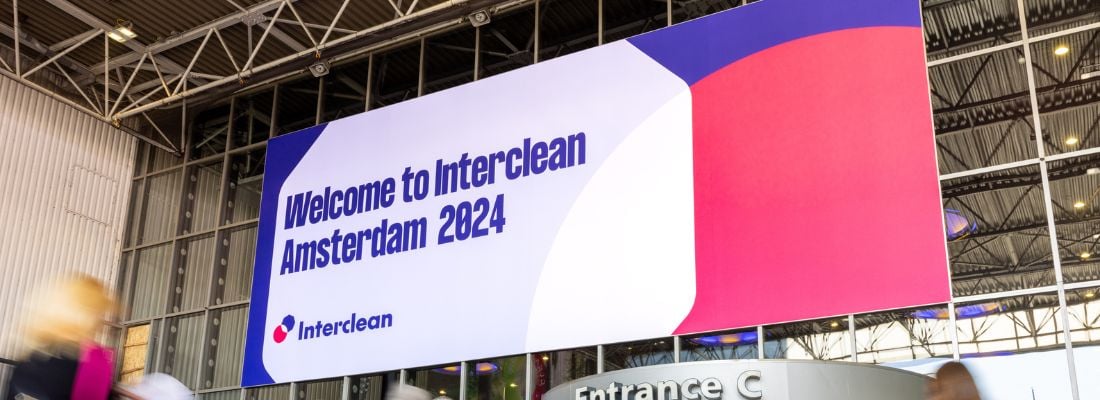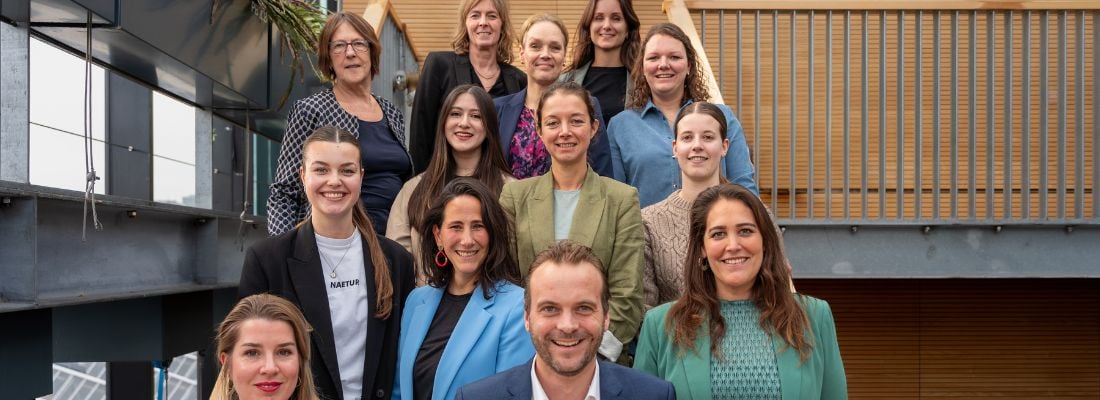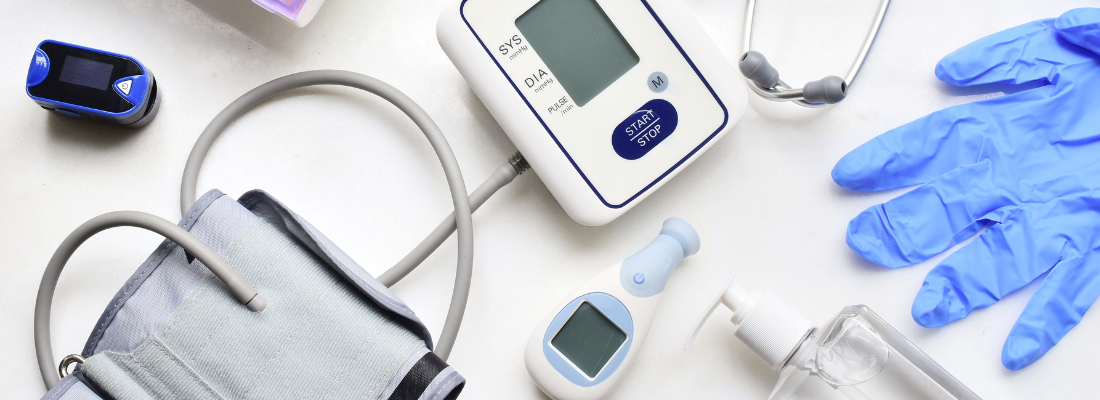Regional Spotlight - Smart buildings in German office and real-estate with ReinigungsMarkt
Regional Spotlight - Smart buildings in German office and real-estate with ReinigungsMarkt
Welcome to our monthly series, Regional Spotlight – a collaborative project with partners from around the world, where we explore exciting innovations in cleaning and hygiene across various regions. As a global platform for sharing knowledge, trends and insights, Interclean is proud to always bring you the very latest news and developments from the international cleaning industry.
This series aims to shine the spotlight on some of the most exciting advances across different sectors and topics – ranging from automation and robotics, to sustainability, legislation, food safety and sanitation in markets and countries from all four corners of the globe. Each month we’ll delve into the issues making waves and shaping the industry with a series of questions and answers with one of our partners – helping you to stay ahead of the cleaning curve!
Smart buildings in German office and real-estate
In this month’s edition, we zoom in on cleaning and hygiene within smart buildings in German office and real estate settings. As the focus on smart buildings and digitised, data-driven cleaning processes grows, it is essential to understand how these developments align with broader industry and government regulations, while also optimising cleanliness in response to dynamic building environments and evolving work patterns.
In partnership with Reinigungsmarkt, we will delve into how the latest advancements are reshaping the landscape of building hygiene. Interclean spoke with Daniel Faust, editor for ReinigungsMarkt since 2008, offering insights into the technologies, regulations, and trends driving progress in Germany and beyond. At the turn of the year, BETTERTRUST Verlags GmbH took over the trade magazine ReinigungsMarkt from Knittler Medien GmbH.
What is a smart building, and how does it impact office/real estate cleaning?
A smart building utilises advanced technology such as sensors, automation, and data analytics to optimise building operations, energy efficiency, and occupant comfort. In terms of office/real estate cleaning, this means the integration of systems that can monitor air quality, lighting, temperature, and even the cleanliness of spaces. Cleaning can be tailored more efficiently based on real-time data, reducing waste and improving hygiene standards.
How does technology enhance the efficiency of cleaning in smart buildings?
In smart buildings, technology-driven tools like robotic vacuums, IoT sensors, and automated cleaning schedules allow for data-driven cleaning operations. For example, sensors can detect high-traffic areas and trigger cleaning schedules in real-time, ensuring that the areas with the most foot traffic are cleaned more frequently. Additionally, smart systems can alert cleaning teams about areas needing attention, optimising resource usage and cutting down unnecessary work.
What are the common smart cleaning tools used in industrial cleaning for office buildings?
Common smart cleaning tools include:
- Robotic vacuums and floor scrubbers: These machines can operate autonomously and be scheduled to clean at specific times or in specific areas.
- UV-C sterilisation robots: Used to disinfect large surfaces and areas where traditional cleaning methods might not reach.
- Autonomous floor scrubbers: These machines can adapt to the floor's surface, providing deep cleaning without human intervention.
- Smart dispensers: Touchless soap, disinfectant, and hand sanitiser dispensers that improve hygiene and reduce contamination.
- IoT-connected cleaning equipment: These devices transmit real-time data on the cleanliness of spaces, allowing for better resource allocation.
What are some of the specific cleaning challenges in smart buildings in Germany?
In Germany, many smart buildings feature energy-efficient designs that include ventilation systems and floor materials requiring specialised cleaning. The integration of automation can sometimes create challenges in maintaining these systems, ensuring they are kept clean without disrupting their operation. For example, high-tech ventilation systems need to be regularly maintained to avoid dust and mould build-up, which could impact both air quality and energy efficiency. Additionally, there are strict environmental regulations in Germany regarding cleaning agents and chemicals, so ensuring eco-friendly products are used is crucial.
How do smart buildings help reduce the carbon footprint of cleaning operations?
Smart buildings can minimise the carbon footprint of cleaning operations by optimising resource use such as water, cleaning products, and energy. Automated cleaning schedules ensure that cleaning is done efficiently and only when necessary. For example, sensors detect when floors are truly dirty or need attention, rather than cleaning on a fixed schedule, thus reducing water and energy use. Furthermore, IoT can track and manage inventory, reducing the waste of cleaning supplies.
How does automation in smart buildings improve health and hygiene for occupants?
Automation ensures that cleaning is done more precisely and frequently in areas that are most affected by dirt, germs, or bacteria. In smart buildings, touchless solutions, such as automatic dispensers for soap and sanitiser, are common, reducing contact and potential transmission of viruses or bacteria. Regular and precise cleaning, combined with real-time air quality monitoring, helps ensure a healthier environment for occupants.
How do smart buildings contribute to meeting Germany's environmental standards in cleaning?
Germany has strict environmental laws and standards regarding cleaning and hygiene. Smart buildings contribute by utilising energy-efficient cleaning systems, minimising waste, and promoting sustainable practices. Smart cleaning systems use biodegradable or eco-friendly products, reducing harmful chemical usage. Additionally, automated systems reduce water usage, ensuring compliance with water conservation standards.
What are the benefits of using green cleaning technologies in smart buildings?
Green cleaning technologies focus on minimising the environmental impact of cleaning activities. In smart buildings, these technologies can help reduce the use of harmful chemicals, promote air quality, and lower energy consumption. Benefits include:
- Reduced exposure to allergens and chemicals for building occupants.
- Less water and energy usage, leading to cost savings.
- Reduced carbon footprint, contributing to sustainability goals.
- Compliance with Germany’s strict environmental regulations on cleaning and waste disposal.
How can cleaning companies in Germany adapt to the demand for smart cleaning services?
Cleaning companies in Germany can adapt by investing in advanced technology like IoT-enabled cleaning tools, automated systems, and sustainable products. Training staff to operate and manage these systems is crucial to ensure smooth operations. Additionally, offering data-driven cleaning reports can be an attractive value proposition for clients, demonstrating cost savings, improved efficiency, and sustainability. Collaboration with building owners and real estate developers to integrate smart cleaning solutions into building design is also key.
How does building design in Germany influence the adoption of smart cleaning solutions?
Germany's modern building design focuses on energy efficiency, sustainability, and occupant well-being, which naturally aligns with the adoption of smart technologies. With stringent regulations on environmental impact and building performance, German office and real estate properties are increasingly adopting smart cleaning solutions. Newer buildings tend to incorporate technologies that facilitate automated cleaning, air quality monitoring, and resource management, making it easier to adopt and scale smart cleaning solutions.
What are the challenges of integrating smart cleaning solutions into older buildings in Germany?
Older buildings in Germany may face challenges such as outdated infrastructure, limited space for integrating smart devices, or difficulty in retrofitting systems. Additionally, there might be resistance to adopting new technologies due to cost concerns or lack of awareness about the benefits of smart cleaning. However, many older buildings can still benefit from smart cleaning solutions by gradually upgrading key systems like HVAC, lighting, and cleaning equipment to be more data-driven and energy-efficient.
How does the cleaning industry ensure compliance with hygiene standards in smart buildings?
To ensure compliance, cleaning companies must stay updated with local and international hygiene regulations and integrate them into their smart cleaning systems. In Germany, this involves adhering to regulations related to chemical use, waste disposal, and sanitation. Smart cleaning technologies allow for better tracking and documentation of hygiene protocols, making it easier to meet audits and inspections. Real-time data from smart systems ensures that cleaning is done in a timely and efficient manner, in line with established hygiene standards.
Share your stories with us!
Do you have an innovation or interesting news you would like to share with the professional cleaning and hygiene industry? The Interclean website and social media channels are a great platform to showcase your stories!
Please contact our press department interclean@rai.nl.
Are you an Interclean exhibitor?
Make sure you add your latest press releases to your Company Profile in the Exhibitor Portal for free exposure.
Receive the best newsletter on cleaning & hygiene - straight to your inbox!
We promise never to send you spam and you can unsubscribe at any time!
